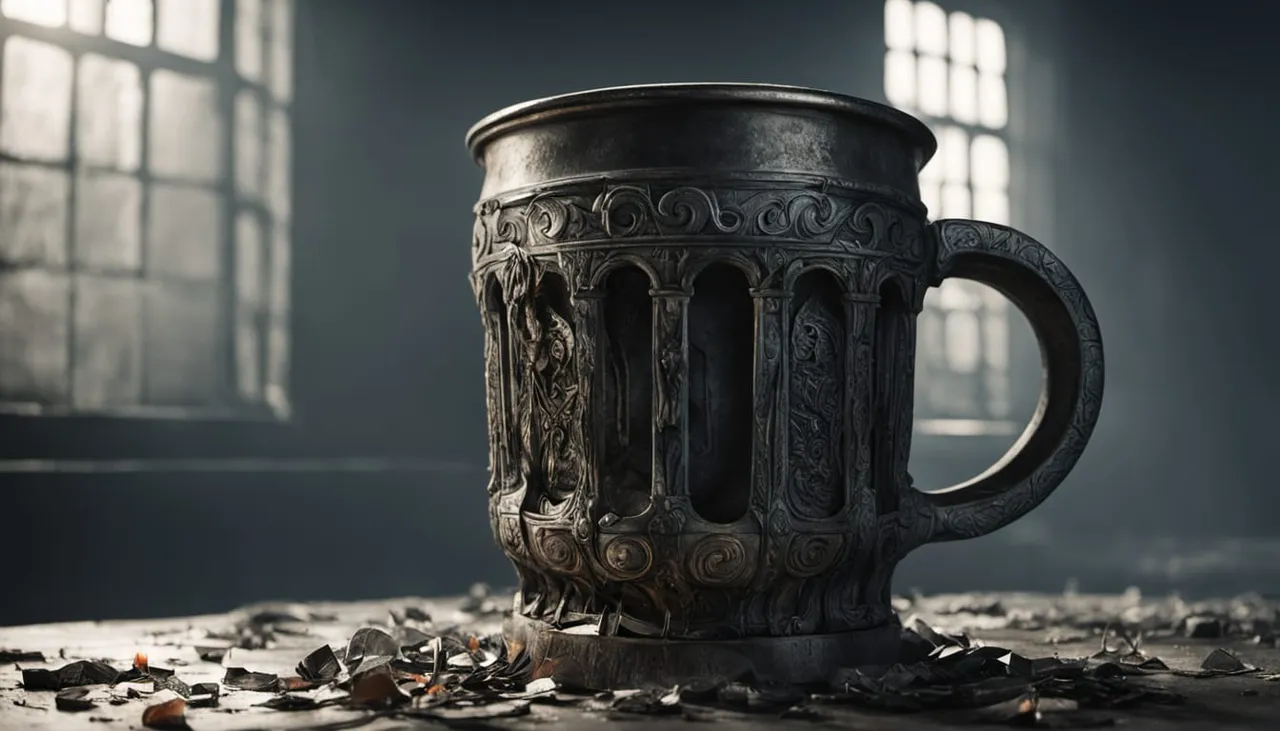Men see the Book of Leviticus and their eyes glaze over. They skip it entirely or treat it as a dead relic, a bizarre and irrelevant collection of ancient laws about blood, mildew, and skin rashes. The religious man might try to follow it literally, getting lost in intellectual quicksand. Both have missed the point. They are staring at a divine CAT scan of the human soul and complaining that it's not a landscape painting.

Leviticus is not a history book or a legal code for an ancient tribe. It is the most detailed, advanced, and uncomfortable spiritual manual ever written. It is a divine allegory for the complete and total sanitation of human consciousness. It is God's clinical standard for a mind fit to be His dwelling place.
1. The Sacrifices are the Crucifixion of the Ego
The endless, bloody sacrifices are not about appeasing an angry sky-god. The animal represents your own "animal nature"—the reactive, emotional, instinctual ego. To bring an animal to the altar is to bring your anger, your fear, your pride, and your desire before the Spirit to be killed.
- The "shedding of its blood" is the surrendering of the very life-force of the ego. The life is in the blood, and the life of the false self must be poured out. This is a violent, internal process. It is the crucifixion.
- The "burning on the altar" is the complete consumption of that dead ego by the fire of the Spirit. Nothing can remain. It must be turned to ash.
This is why the author of Hebrews said, "it is impossible for the blood of bulls and goats to take away sins" (Hebrews 10:4). He was stating the obvious: the physical shadow could never accomplish the spiritual reality. The physical ritual was a constant, nagging reminder of the real inner work that had to be done: the slaughter of the false self.
2. The Priesthood is the Awakened Mind
The priests, with their elaborate purification rituals, are not a special class of men. They represent the state of the awakened mind, the Christ-consciousness. Only a mind that has been ruthlessly purified can enter the "Most Holy Place"—the state of direct, silent union with God.
The detailed laws for priestly conduct are a symbolic representation of the absolute purity required of the consciousness that acts as the mediator between the human and the divine. This is why the New Testament says you are a "royal priesthood" (1 Peter 2:9). It is not a title; it is a state of being you must achieve through the same radical inner cleansing.
3. The Purity Laws are a Diagnosis of Spiritual Sickness
The laws about leprosy, mildew in a house, and bodily discharges are not about hygiene. They are a clinical description of the state of a consciousness infected by the ego.
Leprosy is the physical symbol for the corruption of sin—not "sin" as breaking a rule, but "sin" as the state of the divided mind. It is the spiritual disease of anger, resentment, and fear made visible. It makes a man "unclean," meaning he is cut off from the state of pure consciousness. The priest's job of inspecting the rash is a metaphor for the awakened mind examining its own thoughts for the first sign of egoic infection.
Mildew in the house is the same principle applied to your life. The "house" is your consciousness. The spreading mildew is a hidden, festering contamination—a secret resentment, a cherished grievance, a prideful thought pattern—that corrupts your entire inner world. The command to tear down the infected stones is absolute: the corrupt thought-pattern cannot be tolerated. It must be destroyed.
Leviticus is the anatomy of a soul being prepared for God. It is ruthless, clinical, and absolute. It shows that holiness is not about being nice; it is about being clean. It's about a purification so total that there is nothing left of the old self. If the book seems boring or irrelevant, it is because you are still trying to fix the outside of the cup while the inside is full of filth.